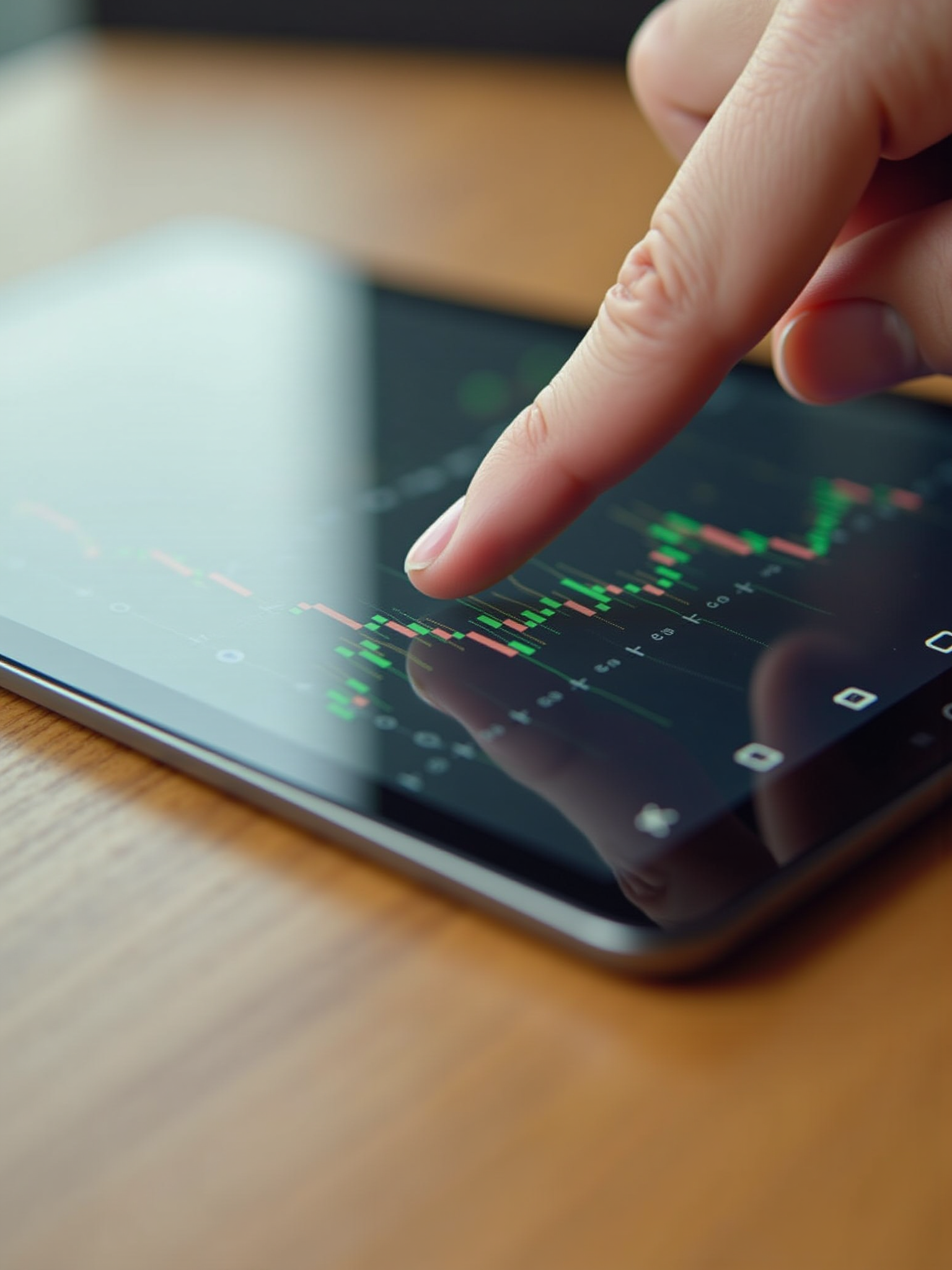Let’s talk
Why would I want to automate my trading model?
Automating your trading model offers several compelling advantages that can enhance efficiency, consistency, and profitability while reducing human error and emotional bias. Here’s why you might want to automate your trading model:
-
Speed and Efficiency: Automated trading systems can execute trades in milliseconds, far faster than manual trading. This is critical in fast-moving markets where prices change rapidly, allowing you to capitalize on opportunities instantly.
-
Elimination of Emotional Bias: Human emotions like fear, greed, or hesitation can lead to poor trading decisions. Automation ensures trades are executed based on predefined rules, sticking to your strategy without emotional interference.
-
Consistency and Discipline: Automated systems follow your trading model precisely, ensuring consistent application of your strategy. This eliminates deviations caused by fatigue, distraction, or impulsive decisions.
-
24/7 Market Monitoring: Markets operate around the clock, especially in crypto or forex. Automated systems can monitor markets and execute trades at any time, even when you’re sleeping or unavailable.
-
Backtesting and Optimization: Automated models allow you to backtest strategies using historical data to evaluate performance before risking real capital. This helps refine your model and improve its effectiveness.
-
Reduced Human Error: Manual trading is prone to mistakes, such as entering incorrect order sizes or missing trades. Automation minimizes these errors by executing trades exactly as programmed.
-
Scalability: Automated systems can handle multiple markets, assets, or strategies simultaneously, something impractical for manual traders. This allows you to diversify and scale your trading operations.
-
Time Savings: Automation frees up your time from constant market monitoring and trade execution, allowing you to focus on strategy development, research, or other priorities.
-
Risk Management: Automated systems can enforce strict risk management rules, such as stop-losses or position sizing, ensuring you stick to your risk tolerance even in volatile conditions.
-
Data-Driven Decisions: Automation enables real-time analysis of vast datasets, technical indicators, or market signals, which can be integrated into your model for more informed trading decisions.
Potential Considerations
While automation has clear benefits, it’s not without challenges:
-
Technical Risks: System glitches, connectivity issues, or coding errors can lead to unintended trades or losses.
-
Over-Optimization: Models overly tuned to historical data may fail in live markets (overfitting).
-
Market Changes: Automated systems may struggle to adapt to unexpected market shifts unless regularly updated.
-
Initial Costs: Developing or purchasing a reliable trading system requires time, money, or technical expertise.
Why It Matters
Automation aligns with the needs of modern traders who want to stay competitive in dynamic, data-driven markets. For example, high-frequency trading firms dominate markets like equities and crypto, leveraging automation to outpace manual traders.
Even for retail traders, automation levels the playing field by enabling sophisticated strategies without constant manual effort.


Risk Disclosure
Trading involves risks, and it's important to be aware of the potential risks associated with trading online. Our risk disclosure statement outlines the risks involved in trading and the measures we take to mitigate those risks for our clients.
We prioritize transparency and risk management to ensure that our traders are well-informed and protected during every trade. Your security and peace of mind are our top priorities.